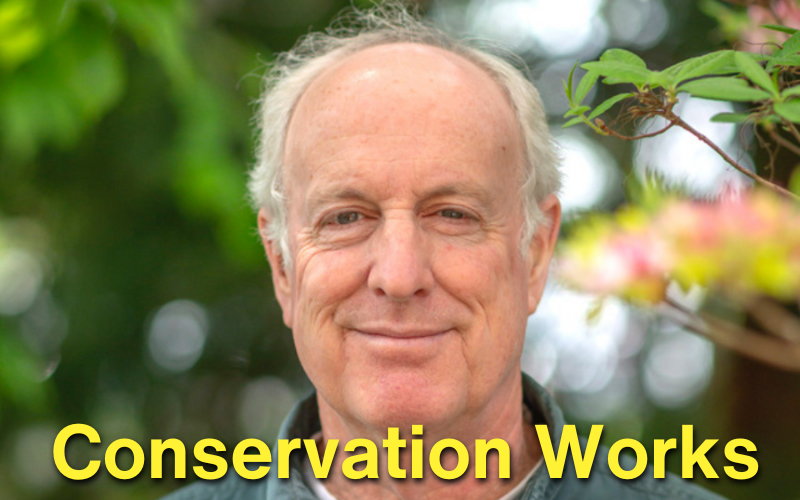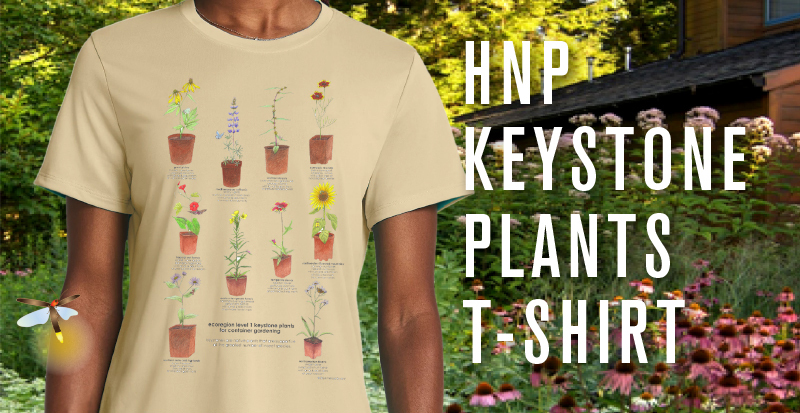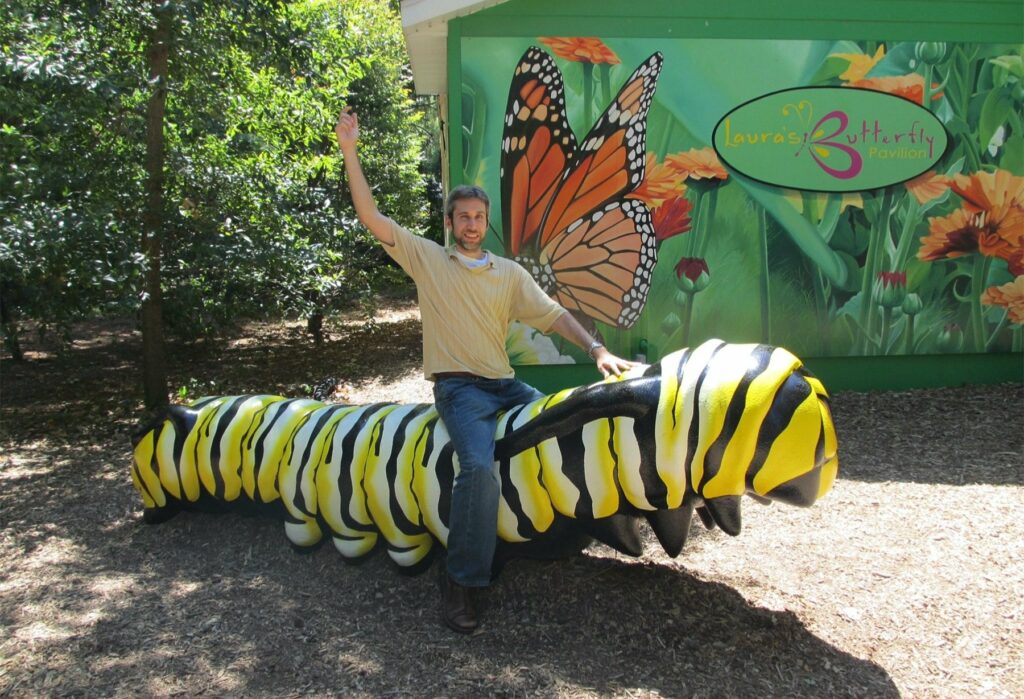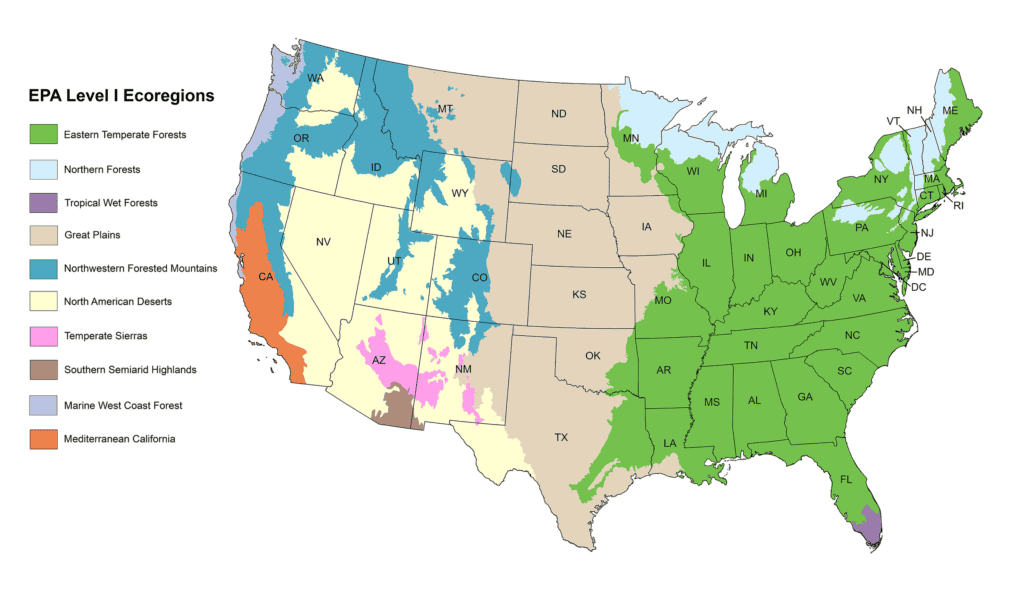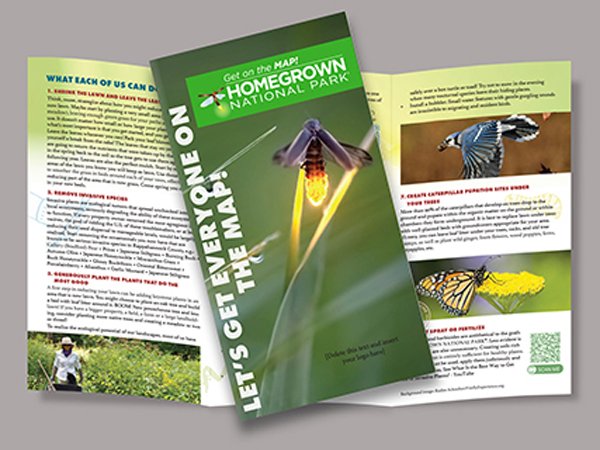Christian Cooper Wins an Emmy!
Congratulations to longtime HNP supporter Christian Cooper, who won the award for Outstanding Daytime Personality for hosting the National Geographic Wild series, “Extraordinary Birder”. What an extraordinary achievement for an extraordinary human! Container Gardening with Keystone Native Plants You might recognize Christian from our features about his impressive rooftop garden in New York. This native container […]
Christian Cooper Wins an Emmy! Read More »


